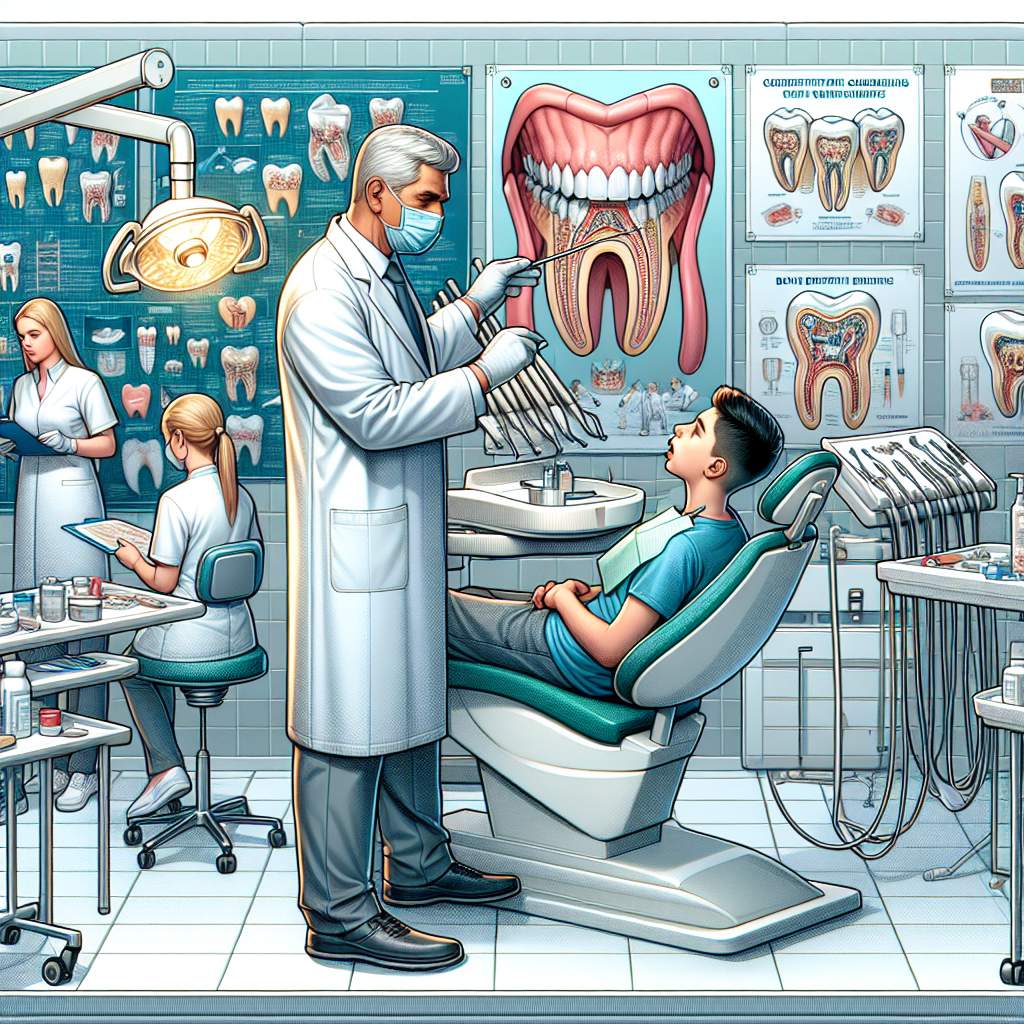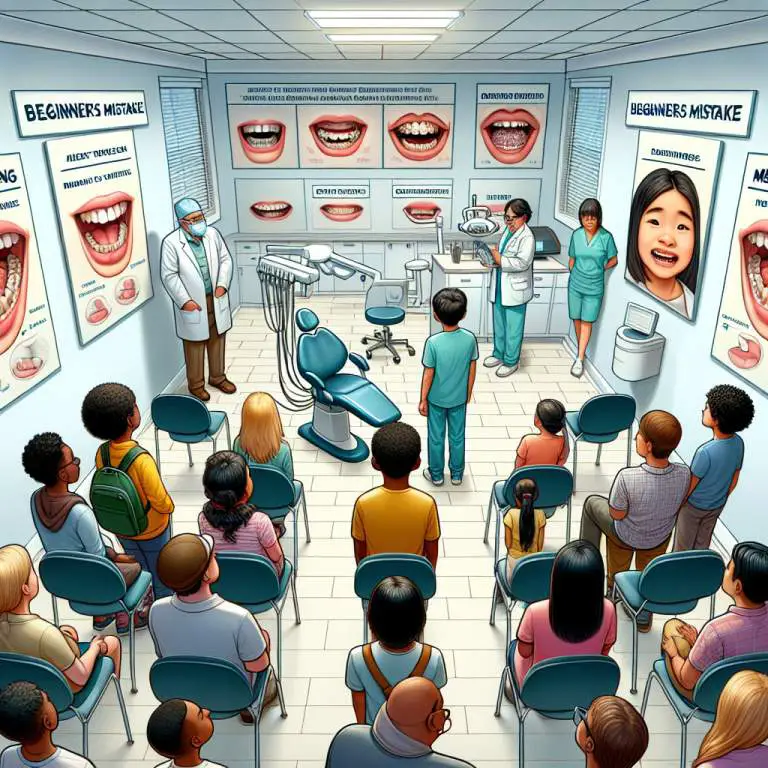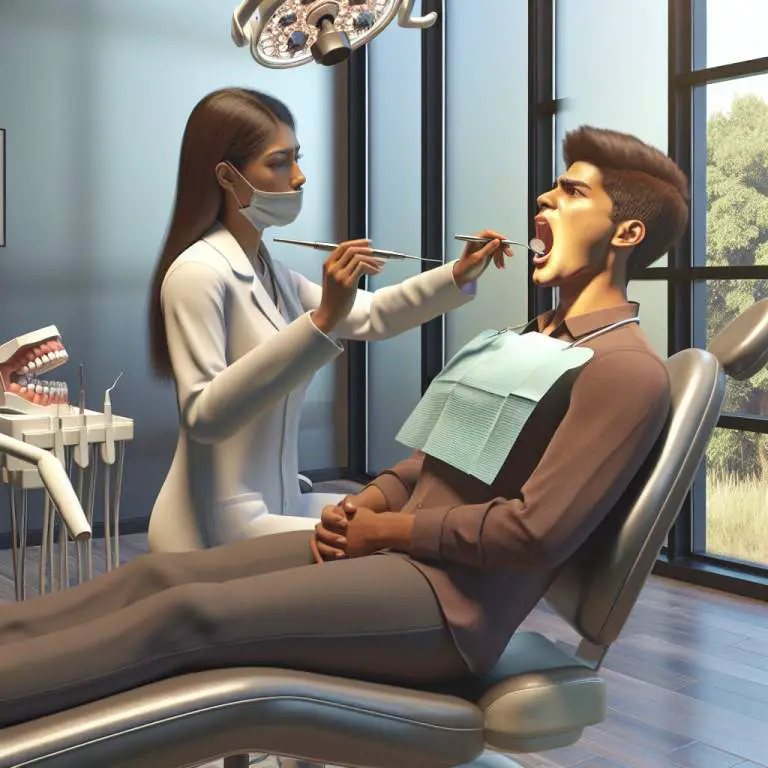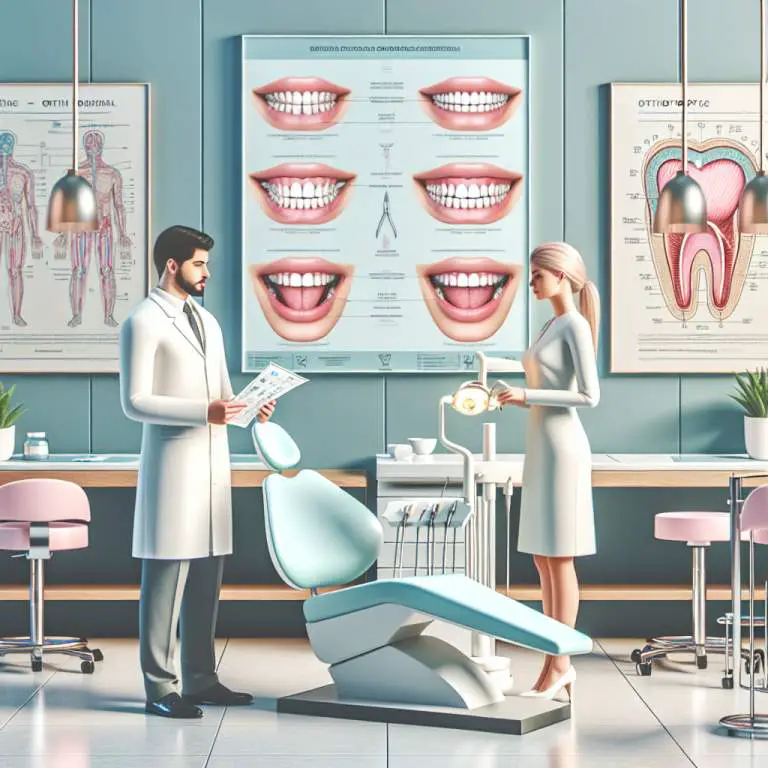Can incorrect mewing cause dental problems?
Yes, incorrect mewing can cause dental problems. If you do not position your tongue properly on the roof of your mouth, it might lead to uneven pressure on your teeth. This uneven pressure can cause misalignment or other dental issues over time. It’s important to practice mewing correctly to avoid these problems.

How Does Mewing Affect Your Oral Health?
Mewing is a technique that involves positioning your tongue against the roof of your mouth. This action is supposed to help with jawline definition and improve oral health. When done correctly, mewing can lead to better breathing patterns and may even reduce snoring.
However, it’s not all positive. If mewing is done incorrectly, it could cause problems. For example, putting too much pressure on certain parts of your mouth can lead to discomfort or even change the way your teeth align. So, while mewing has its benefits, it’s important to do it right.
What Are Common Mistakes People Make While Mewing?
One big mistake people make with mewing is not placing their tongue correctly. The whole bottom part of your tongue should be touching the roof of your mouth, not just the tip. Another common error is applying too much pressure. This can tire out your muscles and lead to jaw pain.
Some folks also forget to keep their mouth closed while they’re trying to mew. Breathing through your mouth instead of your nose can undo the benefits of mewing. Remembering these tips can help you avoid these common mistakes.
Can Incorrect Mewing Lead to Dental Problems?
Yes, incorrect mewing can definitely cause dental issues over time. If you’re pushing too hard or in the wrong direction, you might find that your teeth start to move out of place. This could mean needing braces or other dental work to fix the changes.
Besides moving teeth, bad mewing habits might also lead to jaw pain or TMJ disorders. These conditions happen when there’s stress on your jaw joints and muscles. It shows how important it is to practice mewing correctly if you decide to try it.
How Can You Identify If You’re Mewing Incorrectly?
If you’re worried about whether you’re mewing correctly, pay attention to any discomfort in your jaw or teeth. Pain or soreness could be a sign that something’s off with how you’re placing your tongue or how much pressure you’re using.
Another clue might be difficulty breathing through your nose while mewing. This could mean that you’re not positioning your tongue properly against the roof of your mouth. Watching out for these signs can help you correct any mistakes in how you’re practicing this technique.
| Mewing Mistake | Potential Dental Issue |
|---|---|
| Incorrect Tongue Posture | Malocclusion, Bite Problems |
| Too Much Pressure on Teeth | Teeth Misalignment, Enamel Wear |
| Improper Jaw Positioning | TMJ Disorders, Jaw Pain |
| Overuse of Jaw Muscles | Muscle Strain, Fatigue |
| Neglecting Proper Swallowing Technique | Swallowing Difficulties, Improper Digestion |
What Steps Should You Take If You Suspect Mewing Has Caused Dental Issues?
If you think mewing has caused problems with your teeth or jaw, the first thing to do is stop. It’s important not to keep doing something that might be hurting you. Then, it’s a good idea to see a dentist or an orthodontist. These are experts who know a lot about teeth and can help figure out what’s going on.
When you visit the dentist, be honest about your mewing practice. This information can help them understand your situation better. They might suggest treatments or changes to fix any issues. Following their advice is key to getting your oral health back on track.
Are There Any Long-Term Risks Associated With Incorrect Mewing?
Yes, incorrect mewing can lead to long-term risks for your oral health. For example, doing it wrong could change how your teeth fit together. This might make it hard to chew or cause pain in your jaw. Over time, these problems could get worse if they’re not treated.
Another risk is changing the shape of your face in ways you don’t like. Since the bones in our faces can move a little, pushing on them the wrong way over time might lead to changes in appearance. That’s why it’s so important to make sure you’re mewing correctly if you decide to try it.
How Do Professionals View the Practice of Mewing in Relation to Oral Health?
Dentists and orthodontists have mixed feelings about mewing. Some think it can be helpful when done correctly under professional guidance. They believe proper tongue posture can support overall oral health by aligning the teeth and jaw naturally.
However, other professionals are skeptical about its benefits and worry about the risks of doing it wrong without expert advice. They stress that there isn’t enough scientific evidence yet to fully support mewing as a reliable method for improving oral health. The best approach is always personalized care from a qualified professional.
Final Thoughts
Mewing has gained attention as a way to possibly improve oral health and facial structure. But like anything that affects our bodies, it must be approached with care and knowledge.
If you’re considering mewing or have been practicing it, remember the importance of doing it correctly and being aware of potential risks. Consulting with dental professionals is crucial to ensure that what you’re doing is safe and right for you. After all, when it comes to our health, taking informed steps is always best.







